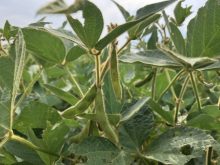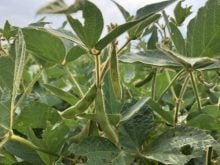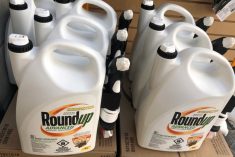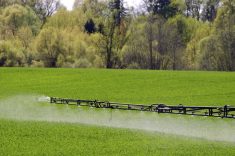A federal re-evaluation of glyphosate’s health risks leaves the popular herbicide’s status unchanged in Canada — but proposes tweaks to the product label as a “risk-reduction” measure.
Products containing glyphosate “do not present unacceptable risks to human health or the environment when used according to the proposed label directions,” Health Canada’s Pest Management Regulatory Agency (PMRA) said in its proposed re-evaluation decision, released Monday.
PMRA’s proposed decision now goes to a 60-day public comment period, during which time the agency will take written comments before making its final re-evaluation decision.
Read Also
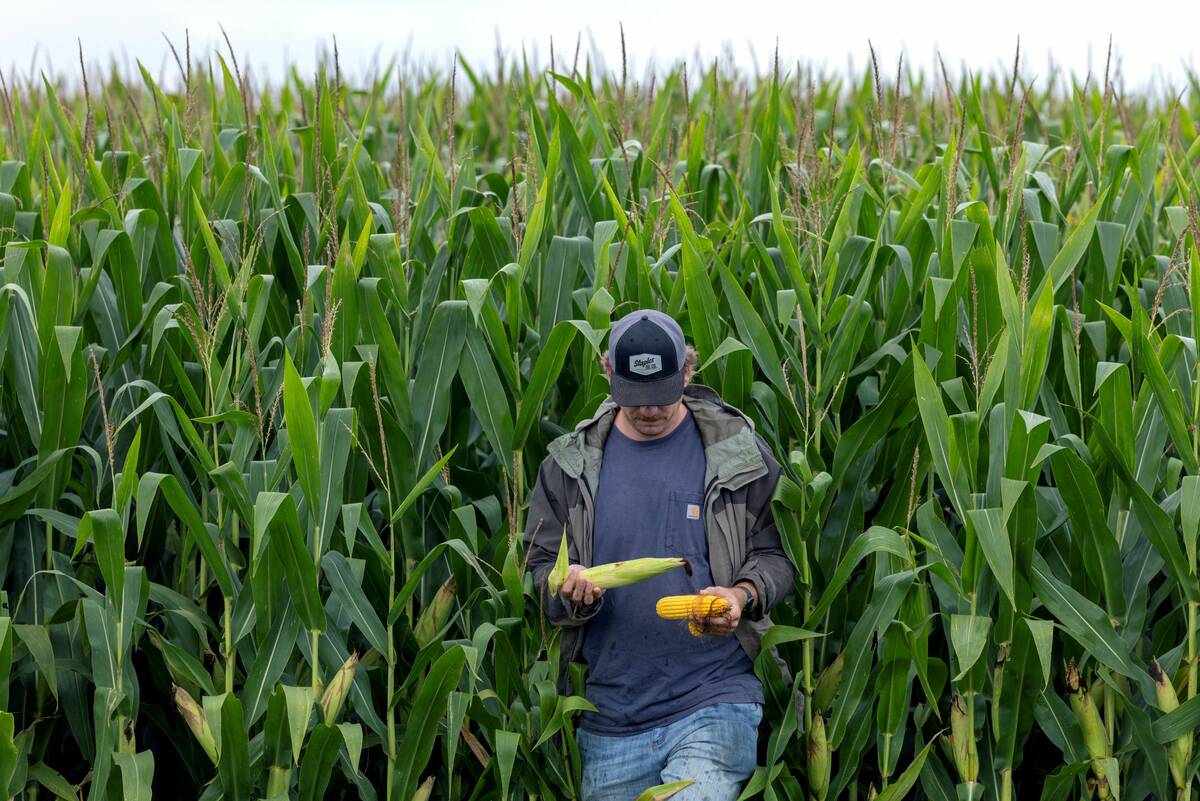
The U.S. corn crop could be the biggest ever. That’s terrible news for America’s farmers.
The USDA predicts a record corn crop for U.S. farmers, who question the agency’s accuracy amidst high debt and low crop prices.
Glyphosate ran into new scrutiny from a human health angle last month after a working group of the International Agency for Research on Cancer (IARC), an arm of the World Health Organization, reviewed studies on the chemical and four other pesticides for cancer-causing potential, and said it would move glyphosate into its Group 2A — “probably carcinogenic to humans.”
U.S. crop biotech and chemical firm Monsanto, which brought glyphosate to market in 1974 in its broad-spectrum Group 9 herbicide Roundup, disputes the IARC’s classification and has called for a retraction of the working group’s report.
Either way, PMRA’s proposed re-evaluation on Monday called for “continued registration of products containing glyphosate for sale and use in Canada.”
The glyphosate re-evaluation, initiated in late 2009, is a standard practice for registered pesticides and is not related to the IARC report. PMRA said its pesticide re-evaluations look at products’ potential risks and value “to ensure they meet modern standards established to protect human health and the environment.”
The IARC report was, however, mentioned Monday in PMRA’s proposed decision, as PMRA pointed out that “a hazard classification is not a health risk assessment.”
The IARC report, PMRA said, does not take into account the “level of human exposure, which determines the actual risk.”
PMRA emphasized pesticide products are registered for use in Canada “only if the level of exposure to Canadians does not cause any harmful effects, including cancer.”
“Not of concern”
As far as glyphosate is concerned, dietary risks from exposure through food and water are “not of concern” for people, PMRA said, nor are non-occupational risks from exposure to the product.
For farmers, farm workers and other “occupational” users, PMRA said, glyphosate’s risks “are not of concern when (the product is) used according to label directions.”
Based on precautions and directions for use on the product labels reviewed in the re-evaluation, the risks associated with “mixing, loading and applying” activities are also “not of concern” given the margins of exposure for contact by skin and through inhalation, PMRA said.
Post-application risks are “not of concern for all uses,” PMRA added — although it now proposes a new 12-hour “restricted entry interval” of 12 hours for farm workers where the product is applied for “agricultural uses.”
PMRA, in its list of proposed new risk-reduction measures for glyphosate, said a label statement is required “indicating to apply only when the potential for drift to areas of human habitation or areas of human activity… is minimal.”
Proposed product labels would include “environmental hazard statements to inform users of its toxicity to non-target species,” PMRA said, and “spray buffer zones to protect non-target terrestrial and aquatic habitats are required.”
To reduce potential for glyphosate runoff into aquatic habitats, “precautionary statements for sites with characteristics that may be conducive to runoff and when heavy rain is forecasted are required,” PMRA said.
Also, “a vegetative strip between the treatment area and the edge of a water body is recommended to reduce runoff of glyphosate to aquatic areas.”
“Important”
On the matter of “value considerations,” PMRA on Monday described the product as “an important herbicide for Canadian agriculture” due to its “broad and flexible use pattern and wide weed-control spectrum” as well as its use in tandem with glyphosate-tolerant crops such as canola, soybeans, corn and sugar beets.
Post-harvest stubble treatment with glyphosate has also allowed for adoption of reduced-tillage and zero-till practices that improve soil quality, PMRA said, and it’s “one of few herbicides that can also be used as harvest management and desiccation treatment.”
In an email Tuesday, Monsanto Canada’s public affairs director Trish Jordan said that at first glance, PMRA’s proposed re-evaluation decision is in line with industry guidelines and what farmers are already doing.
Also at first glance, she said, the new proposals for the label “are already things that farmers typically do when applying glyphosate, or any crop protection products.”
CropLife Canada, the pesticide industry trade group, said Tuesday that PMRA’s proposed re-evaluation document “serves to reinforce the conclusions of respected regulatory bodies around the world that glyphosate is safe to use, from both a human health and environmental perspective, when label directions are followed.”
As for the proposed label changes, Pierre Petelle, CropLife’s vice-president for chemistry, said the registrants of the affected products would review both the proposals and “supporting rationale” before filing their comments with PMRA. — AGCanada.com Network



